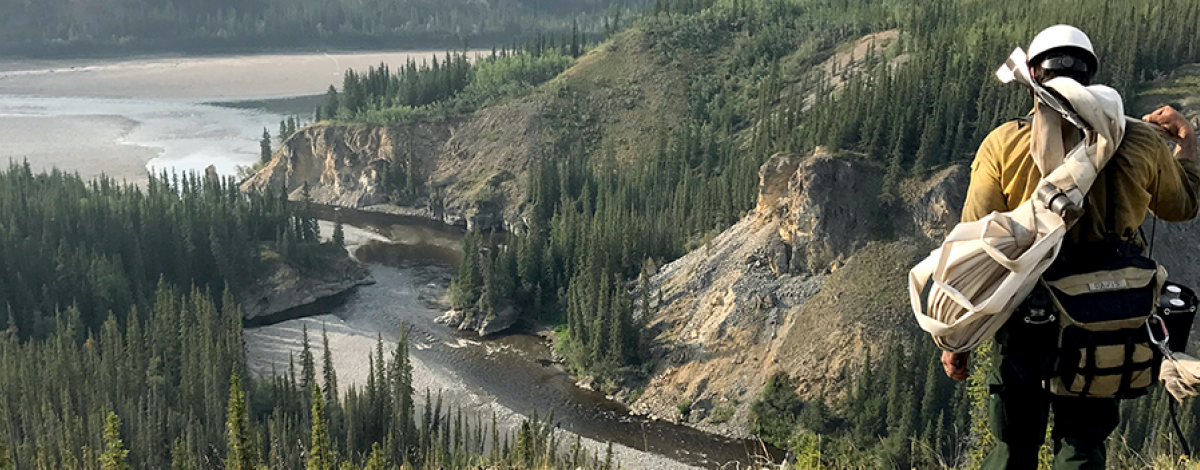Alaska-Fires Study Stresses Varied Audiences’ Varied Needs

Some crises call for different channels and messages to communicate with different audiences. A nice reminder of this is a new academic study on approaches Interior Alaska should take in communicating about wildfires.
The study is based on focus groups the authors commissioned in October 2020 in Fairbanks and the Indigenous community of Nulato. About 80 percent of Alaskans live near areas at risk for wildfires, according to the study.
The authors identify four audiences for such messaging, or as they put it, “four portraits of specific audiences with diverse social and demographic characteristics, concerns and information-consumption patterns.” They are: “online and connected,” “offline,” “passive consumers due to other concerns” and “community leaders.”
Four Portraits
- The online group gathers information from many sources and shares it, including with neighbors. The “transmitters of information” they tap include government, social media, mass media, neighborhood/community, specialized emergency communicators and information aggregators.
- The offline group has a distrust of government and mostly gets information from neighbors.
- Passive consumers may be mothers or business owners who have little time to consume information and rely on neighbors, but also on social media and mass media.
- Community leaders use a variety of channels to learn information and pass it on to others, and so would rely on most of the “information transmitters” the online group does.
Interior Alaska
The reliance on neighbors may stand out but, as the report mentions, many Alaskans live “in rural areas or areas not accessible by roads,” and neighbors become the first line of defense because emergency services can take time to reach those places. And we are talking about Interior Alaska, the state’s central region.
“With their varying sets of concerns, the residents are interested in different types of information, rely on disparate transmitters and sources to obtain information and extend varying levels of trust to these channels,” the authors write.
The authors also say communicators must understand the different messaging needs of the audiences. They write: “A fire communicator who takes into account the priorities of each audience, whether it is the health impacts of smoke on young children, how fires will affect the tourism business or simply a desire to understand how the natural environment is evolving, may be able to more effectively and consistently reach a larger share of the public.”
Diverse Needs
The four groups are admittedly composites. But a major point of the study is that it’s often a mistake for crisis communicators to view their various audiences as a homogenous mass. This should be food for thought for crisis communicators in other areas who may have constituents just as diverse with varying communications needs.
“Taming the Wildfire Infosphere in Interior Alaska: Tailoring Risk and Crisis Communications to Specific Audiences” is authored by Zoe Garbis, Audrey Cox and Robert W. Orttung of George Washington University.
Photo Credit: U.S. Department of the Interior
Sign up for our free weekly newsletter on crisis communications. Each week we highlight a crisis story in the news or a survey or study with an eye toward the type of best practices and strategies you can put to work each day. Click here to subscribe.




 Back to Blog
Back to Blog